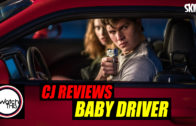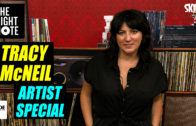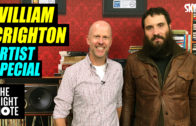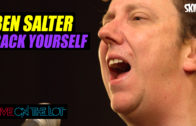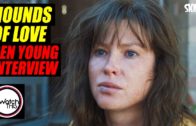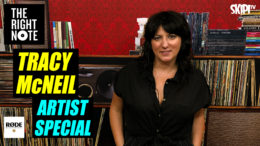Baby Driver starts with an outstanding car chase shot, edited, sound-designed and basically completely engineered around the song Bellbottoms (1994) by The John Spencer Blues Explosion. It is a thrilling sequence of pure cinema, exquisitely crafted and cool as f**k. Nothing in the film reaches those pre-credit heights again, and almost every scene that doesn’t have a car or a gun in it is cringe-worthy, but as an aesthetic rush and a fun romp it’s worth taking in at the best cinema you can. You want to see and hear this thing properly.
Edgar Wright, like Nicolas Wynding Refn and Ben Wheatley, is a European “star” director; their names are prominent on the poster and are considered marketable assets, often more than the actors. All three are directly and unashamedly influenced by Quentin Tarantino and, like Tarantino, more by other movies than by real life. Wright kicked off his motion picture career with the classic zombie parody Shaun Of The Dead (2004), achieved brilliance with Hot Fuzz and Scott Pilgrim Vs The World, and then had a big stumble with The World’s End. Shaun, Fuzz and End – known as “The Cornetto Trilogy” – are linked genre riffs, while Pilgrim is a legit comic adaptation and Baby Driver, like Winding Refn’s Drive (2011), is a legit “driver” movie, descended from Walter Hill’s 1978 The Driver, about a getaway driver with nerves of steel and very few words.
Drive took its driver into the darkest possible territory, and Refn’s spin was graphic violence: The Driver meets Taxi Driver. Wright’s spin is pop music, and his film is bright, colourful and as eager to please as a fluffy puppy – The Driver meets The Blues Brothers. The gimmick is that our driver, actually named Baby (Ansel Elgort), due to tinnitus and a childhood traumatic event, can’t drive properly without listening to his groovy mixtapes, and has earphones (specifically connected to a range of retro iPods) constantly feeding his brain. This allows Wright to virtuosically stage the film’s five or so big set-pieces to music in a blatantly self-conscious way, incorporating slamming doors, gunfire and even lines of dialogue into the beat. The term “balletic” has been applied to gun-battles since John Woo’s work of the 1990s, but these action sequences are literally choreographed to the music, so that, essentially, they feel like dance numbers in a musical.
Elgort (who has a big young female audience from his role in The Fault In Our Stars) manages to hold the centre as Baby, although halfway through I imagined mid-90s Edward Norton in the part, and can’t get the perfection of that, impossible as it is, out of my head. Lily James plays a very sweet very adorable very innocent diner waitress who, of course, has no problem helping kill bad guys two days after meeting Baby. Kevin Spacey is surprisingly adorable as the Big Bad Boss, Jamie Foxx is menacing if often inaudible as the heist team’s most unstable element, and Eliza Gonzalez, Jon Bernthal, Lanny Joon and Flea (!) round out Spacey’s stable of thieves. But one performance stands apart, lifts the movie and gives us something more to enjoy than music and motors. John Hamm plays the most complicated and intriguing of the crims, and he’s fantastic. Like all the others, his character Buddy is an archetype, another spin on another trope, but Hamm gives him texture and depth. Amidst the chaos and the iPods, he makes you care.
Category: FILM & TV
